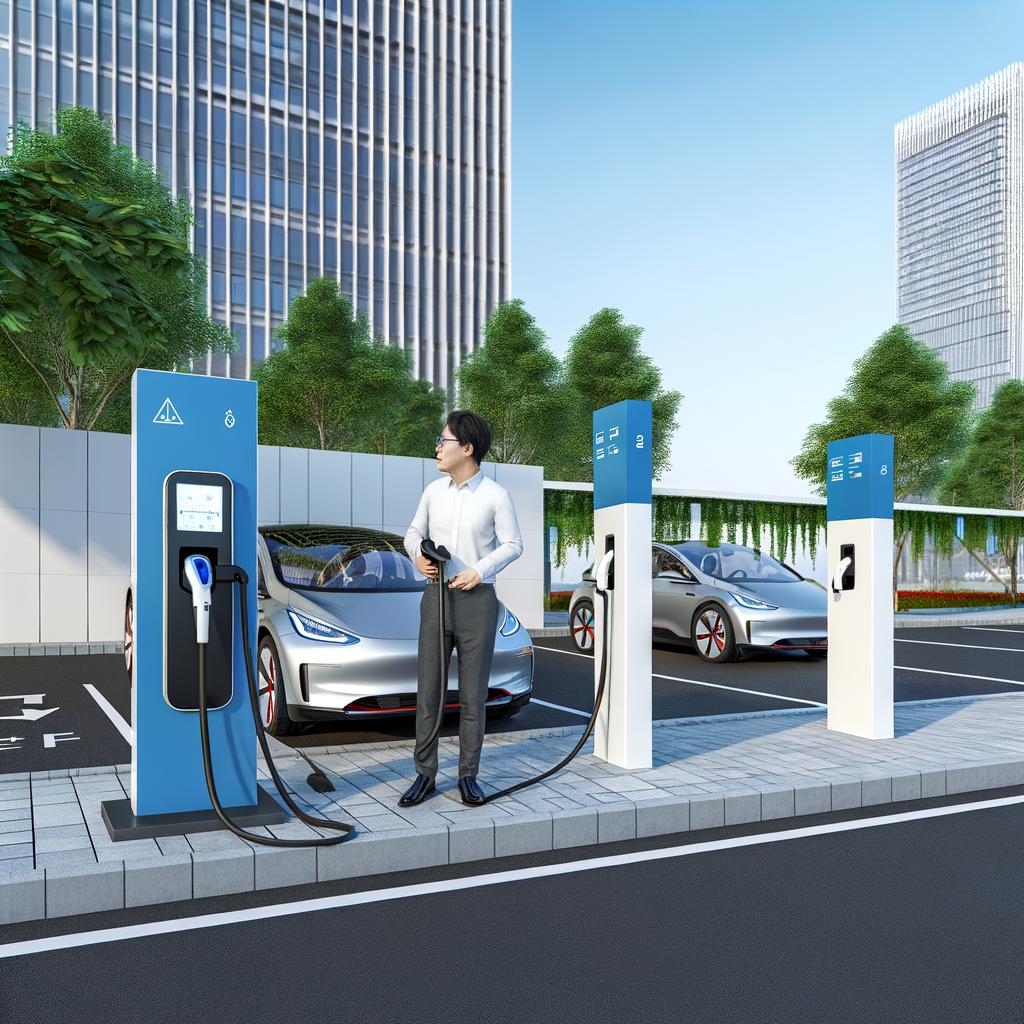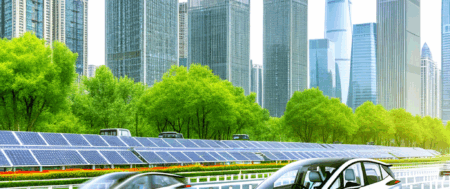TL;DR: China, the world’s top and largest automotive market, driven by its growing economy and urbanization, is at the forefront of the surge in Electric Vehicles (EVs) and New Energy Vehicles (NEVs) due to environmental concerns and strong government incentives. This market has become a hotspot for both domestic car brands and foreign automakers, who often form joint ventures to navigate the unique regulatory landscape and meet the evolving consumer preferences. The demand for technological advancements and strategic partnerships is critical in this competitive environment, where success hinges on understanding local market trends, consumer behavior, and leveraging government policies promoting NEVs to tap into the lucrative opportunities within China’s automotive sector.
In the heart of the global automotive industry’s transformation, China stands tall as the world’s largest automotive market, a title it proudly holds thanks to its unparalleled production and sales figures. This monumental growth is fueled by a rapidly expanding economy, an ever-increasing middle class, and a wave of urbanization sweeping across the nation, setting the stage for both domestic car brands and foreign automakers to vie for dominance. The competition is fierce, and the landscape is as dynamic as it is challenging, heavily influenced by consumer preferences, technological advancements, and a complex regulatory landscape that requires strategic navigation.
At the forefront of this automotive revolution are Electric Vehicles (EVs) and New Energy Vehicles (NEVs), which have surged in popularity due to significant government incentives and mounting environmental concerns. These eco-friendly alternatives are not only reshaping the market landscape but also redefining consumer expectations and investment strategies. Foreign automakers, in their quest to tap into this lucrative market, often find themselves forming joint ventures with local Chinese companies, a strategic move that allows them to overcome regulatory hurdles and connect with the vast consumer base.
As we delve into the intricacies of “Navigating the World’s Largest Automotive Market: China’s Economic Boom, Urbanization, and the Surge in Electric and New Energy Vehicles,” we uncover the factors that make this market both a land of opportunity and a battlefield of intense competition. This exploration will take us through the essence of market competition, the significance of strategic partnerships, and the critical role of understanding consumer preferences, all set against the backdrop of a growing economy and pressing environmental concerns. Join us as we dissect the complexities and triumphs of thriving in the world’s top automotive market, where innovation meets tradition, and the road to success is electric.
1. “Navigating the World’s Largest Automotive Market: China’s Economic Boom, Urbanization, and the Surge in Electric and New Energy Vehicles”

Navigating the complexities of the world’s largest automotive market requires an insightful understanding of China’s economic landscape, which has been characterized by a remarkable growth spurt. The country’s status as the top market for automotive sales and production is fueled by its rapidly growing economy, escalating urbanization, and an expanding middle class with increasing purchasing power. These factors combined have created a ripe environment for both domestic car brands and foreign automakers to thrive, albeit not without navigating a challenging regulatory landscape.
The surge in electric vehicles (EVs) and new energy vehicles (NEVs) has been particularly noteworthy in China, driven by a combination of environmental concerns and aggressive government incentives. These efforts are part of China’s ambitious plans to reduce carbon emissions and combat pollution, making EVs and NEVs not just an alternative, but a preferred choice for many consumers. The market for these environmentally friendly vehicles is further bolstered by ongoing technological advancements, which enhance vehicle performance and appeal to a tech-savvy consumer base.
Foreign automakers looking to tap into this lucrative market often find themselves forming strategic partnerships through joint ventures with local Chinese companies. These collaborations are essential, not only for navigating the complex regulatory landscape but also for accessing the vast consumer base with nuanced preferences. Consumer preferences in China can vary significantly from those in other markets, with a notable emphasis on in-car technology and digital features.
The competitive landscape of the Chinese automotive market is intense, with market competition pushing companies towards continuous innovation. This dynamic has led to rapid advancements in automotive technology and a broadening of the product range to meet diverse consumer demands. Government policies also play a significant role in shaping the market, particularly those related to environmental standards and the promotion of NEVs.
Understanding and succeeding in China’s automotive market demands a deep knowledge of these local regulations, consumer behavior, and market trends. For foreign automakers and domestic car brands alike, it is clear that strategic partnerships and a commitment to innovation are key to navigating the complexities of the largest automotive market in the world. As urbanization continues to drive demand and the push for environmentally friendly vehicles gains further momentum, the Chinese automotive market remains at the forefront of the global industry’s evolution, presenting both unparalleled opportunities and challenges.
In conclusion, the journey through the world’s largest automotive market unveils the intricate tapestry of China’s growing economy, urbanization, and an insatiable appetite for both Electric Vehicles (EVs) and New Energy Vehicles (NEVs). This landscape, rich with opportunity, demands navigation through a complex regulatory landscape with strategic finesse. The fusion of government incentives aimed at bolstering environmental sustainability and a robust competition sets the stage for both domestic car brands and foreign automakers to vie for the attention of a burgeoning middle class. Through joint ventures and an acute understanding of consumer preferences, companies can tap into the dynamic and ever-evolving Chinese automotive market.
The success in this competitive arena hinges on leveraging technological advancements, aligning with government policies, and forging strategic partnerships that resonate with local market dynamics. As China continues to lead as the largest automotive market, the emphasis on electric and new energy vehicles not only reflects global environmental concerns but also showcases the country’s commitment to pioneering the future of mobility. For stakeholders looking to make a mark or expand their footprint in this lucrative market, staying ahead means adapting to the rapid pace of change, understanding the unique consumer base, and navigating the regulatory hurdles with agility and strategic planning. The China automotive market, with its vast consumer base and forward-looking policies, represents a goldmine of opportunities for those ready to embrace its challenges and harness its potential.







